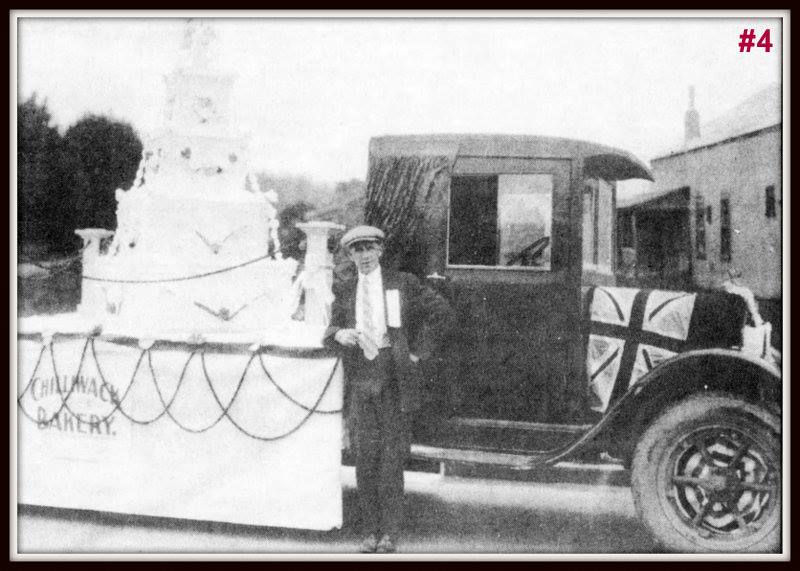The Days Before Remembrance Day
- Krista Butt
- Nov 10, 2023
- 3 min read
Updated: Jun 11
With Remembrance Day around the corner, I found myself thinking about the traditions we have created to honour our veterans, and the history of these traditions in Canada. I always have wondered what Remembrance Day would have been like in the years right after World War I, and in the years leading up to World War II. I am certainly not an expert on this topic but my impression was that it was a bit of a bumpy ride for communities and governments after World War I, as they tried to figure out the optimal way to pay tribute to the veterans and to those who lost their lives for our freedoms.
If you’re anything like me, you’ve heard about Armistice Day but never really knew much about it. If you are 91 years old, or older, however, you will have likely experienced the observance of both Armistice Day and Remembrance Day in Canada. Armistice Day, inaugurated in 1919, was the precursor to the Remembrance Day and is poetically described in a Nov. 7, 1929 editorial in the Chilliwack Progress:
“Men and Women of Chilliwack will stand at attention at the Cenotaph on Monday to observe the exercises and keep the memories of Armistice Day. There will be men who served, and the women who waited; and there will be the young one for whom the Great War is a story that is told. Eleven years ago on Monday, the bugles along the battle front sounded cease fire and a great silence fell where the soldiers stood in their places. An armistice is literally a standing still; and that stillness of eleven years ago was indeed a sudden arresting of a world in arms.”

Armistice Day was originally inaugurated in 1919 throughout much of the British Empire, on the second Monday in November. In 1921, the Canadian Parliament changed the date so that ceremonies would be observed on the first Monday in the week of November 11.
What this meant, however is that Armistice Day now fell on the Thanksgiving Day holiday. As a result, for much of the 1920s, Canadians observed the date with very little public demonstration. As most folks went to church back then, Armistice Day ceremonies were most commonly acknowledged as part of special sermons and sometimes around small local memorials.
As an example, on April 9, 1923 at St. Thomas Anglican church in Chilliwack, they held a “Memorial Celebration of the Holy Communion with Special Intention for the 15 dead from this Parish in the 1914 – 1918 war.” The same day in 1923 as this special sermon at St. Thomas, was also listed as the day of the unveiling of the Chilliwack War Memorial. Incidentally, this new Cenotaph had faced significant political and financial challenges, and numerous disappointing delays before it was able to be built.
200 members of St. Thomas went to war in the first and second world wars, and 25 did not come home. One can only imagine the traumatic impact that would have on their community, and of course they were only one of many groups in Chilliwack suffering these great losses. The families of the fallen soldiers would have leaned heavily on their church for support and comfort in their dark days of grief, especially in the absence of other established community events to participate in.

Five years later, in 1928, some prominent Canadian citizens and veterans lobbied the federal government for greater recognition and to separate the remembrance of wartime sacrifice from the Thanksgiving holiday. As a result, in 1931, the federal government made Remembrance Day November 11, and Thanksgiving was moved to a different date.

This new Remembrance Day created a fresh interest in recalling the war and military sacrifice and attracted thousands to services in small town and large cities all over Canada. Two minutes of silence, the playing of The Last Post, and the recitation of In Flanders Fields as well as wearing of poppies became associated with this new day of Remembrance.
Since 1931, Remembrance Day as we know it has gone through periods of public support, and then also times of periodic decline in public interest. However, after the 50th Anniversary of the end of World War II in 1995, there was a resurgence of public interest which has continued until today.
In Chilliwack, there are three opportunities to observe Remembrance Day: The Sto:lo Remembrance Day Ceremony at 7201 Vedder Road,( Sto:lo Longhouse), All Sapper’s Memorial Park in Vedder, and The Downtown Chilliwack cenotaph behind the Chilliwack Museum.





Comments